How to Clean a Leather Couch to Make It Look Brand New?
Are you tired of your leather couch looking worn-out and dull? Wondering how to clean a leather couch and bring back its original luster and make it look brand new? To make your leather couch look brand new, you need to follow a few simple steps.
First, you gather the necessary supplies, then you need to follow the necessary steps. In this article, we'll guide you through the steps to effectively clean your leather couch, revealing the secrets to restoring its pristine condition. Get ready to transform your living space and enjoy the luxury of a rejuvenated leather couch.

Things You'll Need
Gathering the necessary supplies is the first step in the cleaning process.
- Clean cloth or microfiber towel
- Dish soap
- Warm water
- Duster
- Vacuum
- Leather conditioner
- Baking powder
- Rubbing alcohol
- Ice
How to Clean a Leather Couch? Step-by-Step Guide
The stubborn stains on leather sofas may initially prompt you to assume that you must immediately wipe them out. However, it is best to proceed step by step, making the stains even more vulnerable.

Step 1: Start by Vacuuming and Dusting the Leather Couch
Removing the dust from leather sofas and applying a deep vacuum will make cleaning your sofas much easier. Vacuum cleaners developed for pets yield excellent results. They can easily remove stubborn dust or fur. Once your leather sofa has been vacuumed and dusted, the overall cleaning process will be much easier.

Step 2: Spray Leather Cleaner onto a Cloth
Spray cleaners developed for leather sofas do not contain chemical compounds or bleaching agents that can harm the leather surface. When using these cleaners, it is important not to spray them directly onto the leather because the stains can further spread and become even larger. You should spray it on a cloth and apply it to the sofa.

Step 3: Use the Cloth to Wipe Down the Leather Couch
High-density microfiber cloths or towels can absorb stains without damaging the leather surface. You can spray the leather cleaning solution onto the microfiber cloth and gently rub the stain to prevent it from spreading. While cleaning a leather couch, make sure to simultaneously dry the surface with another cloth.

Step 4: Apply Leather Conditioner to the Couch
Leather conditioners penetrate leather fibers and nourish them. High-quality leather conditioners contain vitamin E, which prevents micro-cracks, nourishes the leather, and makes it softer and more durable. Mink oil can also be used as a leather conditioner, but it may leave an excessively oily surface after cleaning and may not provide the desired level of restoration.
Step 5: Let the Conditioner Dry Completely
After applying the conditioner, it should be allowed to dry completely. The drying process can vary for each product and may also depend on the thickness of the conditioner applied to the treated area. To easily determine if the conditioner has dried, you can test it by applying it to a piece of paper and checking if it dries or not.

Step 6: Recognize When It's Necessary to Seek Professional Help
As a result of frequent and prolonged use, leather may develop permanent cracks. Leather conditioners may not repair these cracks. It may be necessary to seek professional assistance in such cases. Typically, in professional treatments, the leather is filled with a filler and then dyed again to match the original color.
How to Remove Stains From a Leather Couch?
Each stain has different characteristics, and you should follow different methods to remove it from leather or velvet. You should know how to clean a velvet couch for a velvet sofa.

How to Remove Grease Stains?
Baking soda is a mild alkaline substance that can help break down and loosen greasy substances. Its porous structure allows it to absorb oil molecules, trapping them within itself. Baking soda also has the ability to trap odor molecules, effectively neutralizing bad odors. To effectively benefit from baking soda;
Step 1: Sprinkle Baking Soda onto the Grease Stains
Sprinkle a generous amount of baking soda onto the leather material. You should let it sit for at least a few hours for a grease stain. You may apply baking soda before bed and clean it with a soft cloth in the morning.
Step 2: Wipe Away the Stains Using a Cloth
To clean the baking soda, gently wipe it off the leather surface with a soft cloth.
How to Remove Ink Stains?
The first rule for removing ink stains is to act quickly. The stain should be treated before it penetrates into the leather.

Step 1: Use Rubbing Alcohol to Treat the Ink Stains
The use of alcohol can dissolve ink stains and facilitate an easy cleaning process when intervened early. Rubbing alcohol, also known as isopropyl alcohol, which is also used in many cleaning products, can dissolve the ink stain.
Step 2: Pat the Area Dry After Applying Rubbing Alcohol
After applying alcohol, the leather should be dried and rechecked to see whether it causes any damage.
How to Remove Regular Stains?
No matter how careful you are, leather sofas can accumulate stains in their microscopic cracks over time. To prevent these stains from getting more severe, you should clean them about once a month.
Step 1: Begin by Using Soap on the Stained Area
Using warm water and soap, you can remove moderate stains from leather without causing any damage. A mild soap or baby soap should be used to prevent any damage to the leather.
Step 2: Scrub the Stains in Circular Motions.
The circular motion provides more effective agitation than scrubbing in straight lines. Through multiple angles of scrubbing, the circular motion helps dislodge dirt, grime, and stains.
How to Remove Wax or Gum?
Sticky substances like gum or wax can cause harm to the leather during scraping. If you encounter a stubborn and sticky material, you can follow the steps below:

Step 1: Cool Down the Affected Area to Harden The Wax or Gum
You can easily remove gum or beeswax from leather if you freeze it. Using an ice cube will do the trick.
Step 2: Gently Scrap Away the Hardened Wax or Gum
Frozen chewing gum can be easily removed by gently scraping it off, as it will cause the leather to contract slightly.
Step 3: If Necessary, Consult the Manufacturer for Further Instructions
In some cases, certain substances may not harden or can't be removed by scraping. Persistently trying to remove the stain in such cases can cause more harm. Seek professional assistance if you find yourself in one of these situations.
How Often to Clean a Leather Couch?
A leather sofa's cleaning frequency depends a lot on how much you use it. If you have leather upholstery, you should vacuum and wipe it down every two to four weeks, depending on how much it's used. You should condition it every year, too, but too much can make it sticky and dirty.
Once or twice a year is the best time to get your leather couch clean if it's got a lot of stains and their quantity. Stains should be addressed right away. In addition, leather couches need to be vacuumed and dusted every one to two weeks.
FAQs
How to Prolong the Cleanliness of Leather Couch?
You can keep your leather couch clean by regularly dusting and vacuuming it. Clean up spills immediately, avoiding rubbing with harsh chemicals. Use a suitable leather cleaner periodically, following the instructions, and apply a leather conditioner to keep the leather moisturized and resistant to stains. Keep the couch away from direct sunlight and protect it from sharp objects and pets' claws.
What's the Best Thing to Clean Leather With?
The best way to clean a leather couch is to maintain and clean a leather sofa with a detailed cleaning once a month. Additionally, you can prevent leather deterioration by nourishing it with a high-quality conditioner. However, even with regular cleaning, leather sofas can wear out and develop cracks over time. In such cases, you can repair cracks by applying leather filler and restoring color using leather dye.
What Household Products Can You Use to Clean Leather?
Leather is a natural material and can be sensitive to chemical compounds, so the best cleaner for leather couches is mild cleaning agents like baby soap or soft soaps. Soft soap and baby soap are safe to use on leather sofas.
What Should You Not Clean Leather With?
Cleaners with high amounts of chemical ingredients such as bleach and dish detergent can potentially damage leather sofas and cause discoloration. Additionally, abrasive materials like toothpaste should be avoided as they contain abrasive chemicals that can harm leather. It's wise to stay away from rough sponges, stiff brushes, or steel wool, as they can scratch or scuff the leather surface, leading to irreversible damage. Furthermore, leather should not be exposed to direct heat sources like hairdryers, radiators, or direct sunlight, as heat can dry out, crack, and lose its natural luster.
Can I Use Vinegar to Clean My Leather Couch?
As a versatile cleaner, vinegar is useful for a variety of household tasks. However, due to its acidic nature, vinegar can potentially have an abrasive effect and harm leather surfaces. Therefore, it is not recommended to include vinegar in your list of cleaning agents for leather sofas.
Can I Use Dish Soap to Clean My Leather Couch?
Regular dish soaps may contain detergents and other chemicals that can strip away the natural oils in the leather, leading to dryness, cracking, or discoloration. Chemical-free, plant-based dish soaps can be a good solution for cleaning leather sofas.
What is a Natural Way to Clean Leather?
You should keep leather sofas away from chemical and abrasive cleaners. Although some leathers are resistant to chemical cleaners, natural leathers are not resistant to harsh chemicals. Non-acidic, plant-based cleaners and baby soaps are effective against cleaning leather.





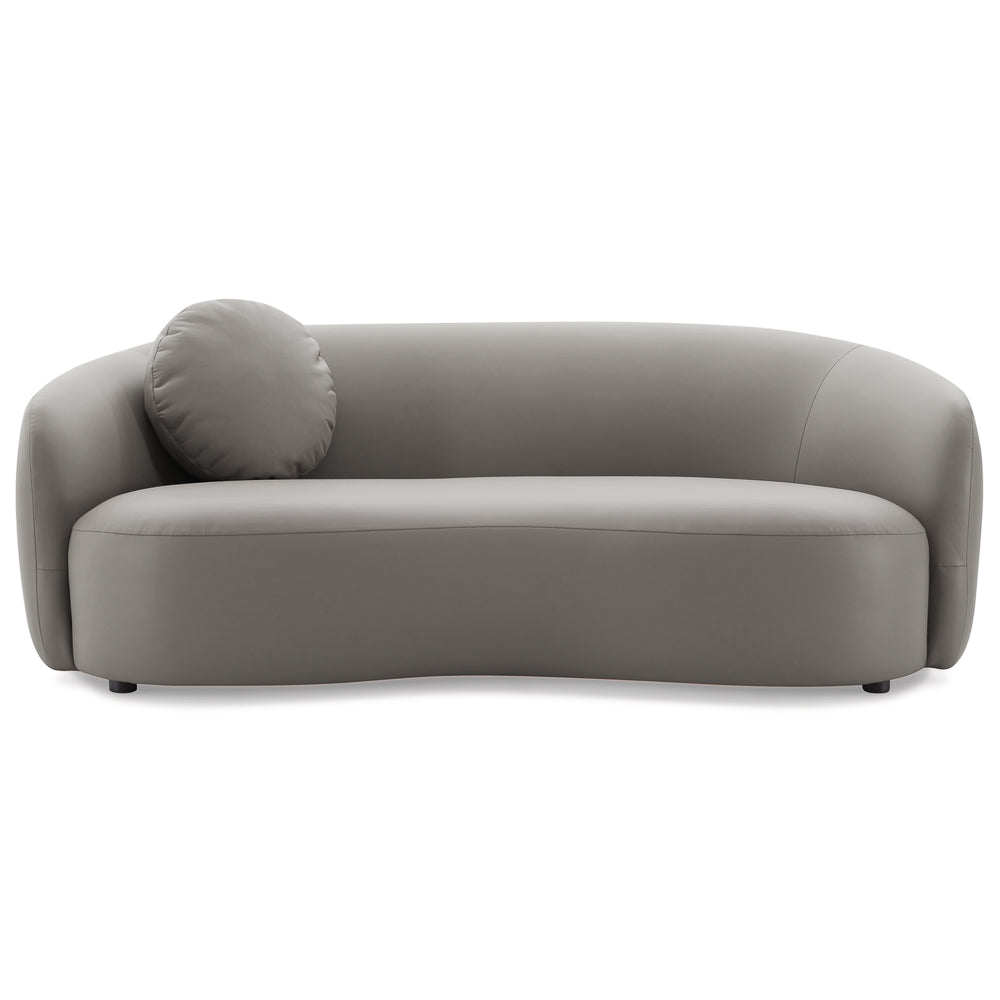
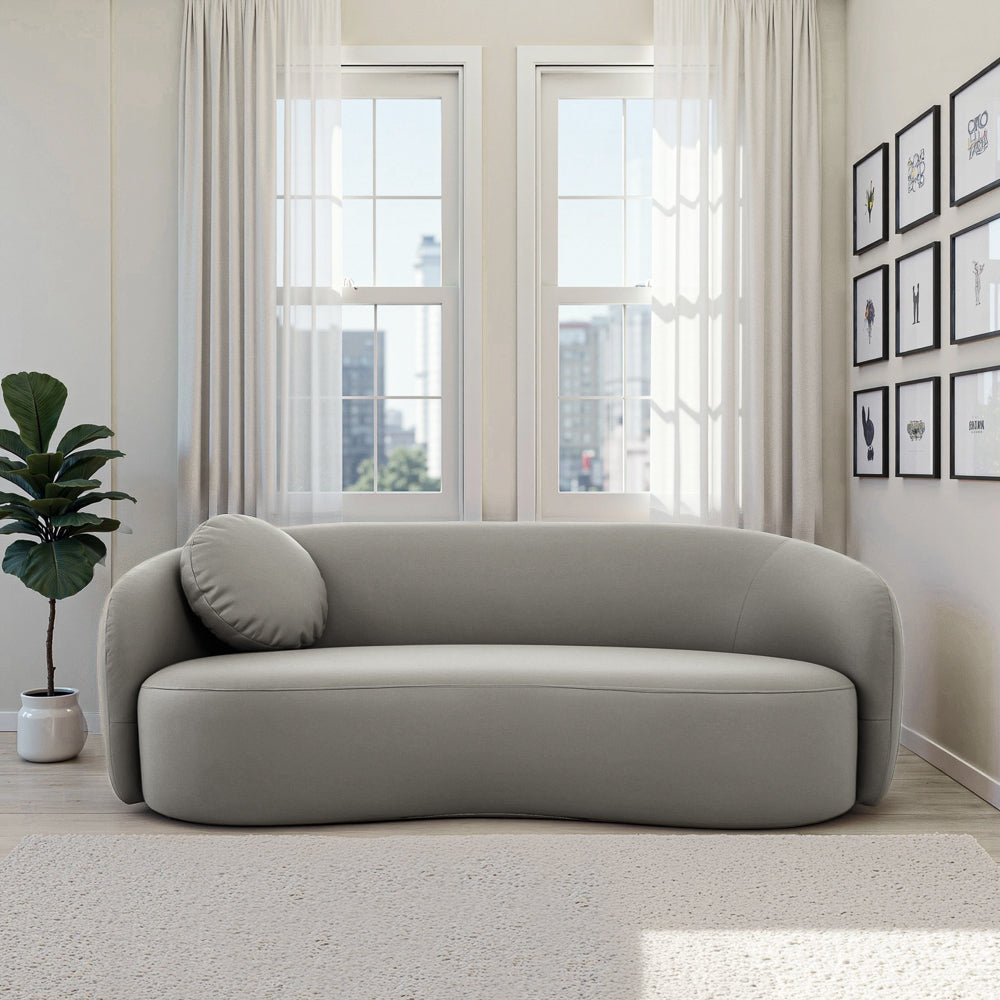
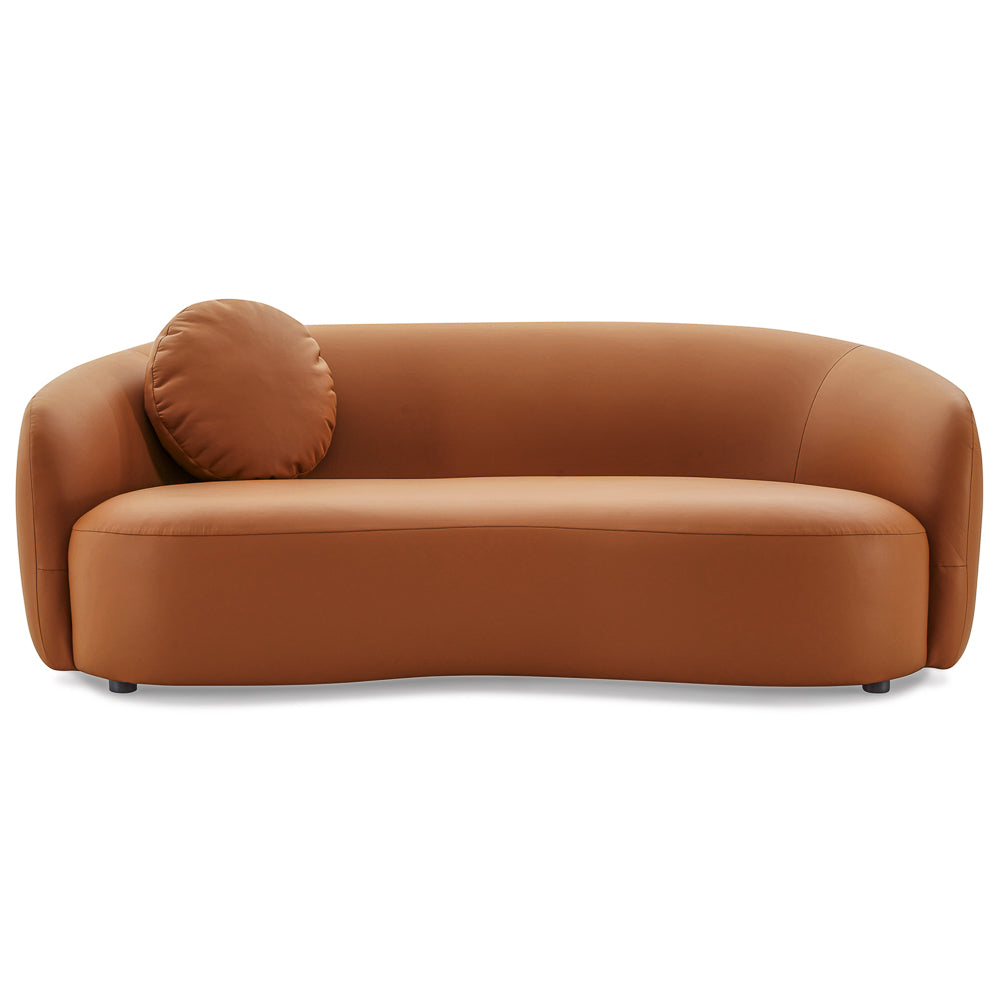
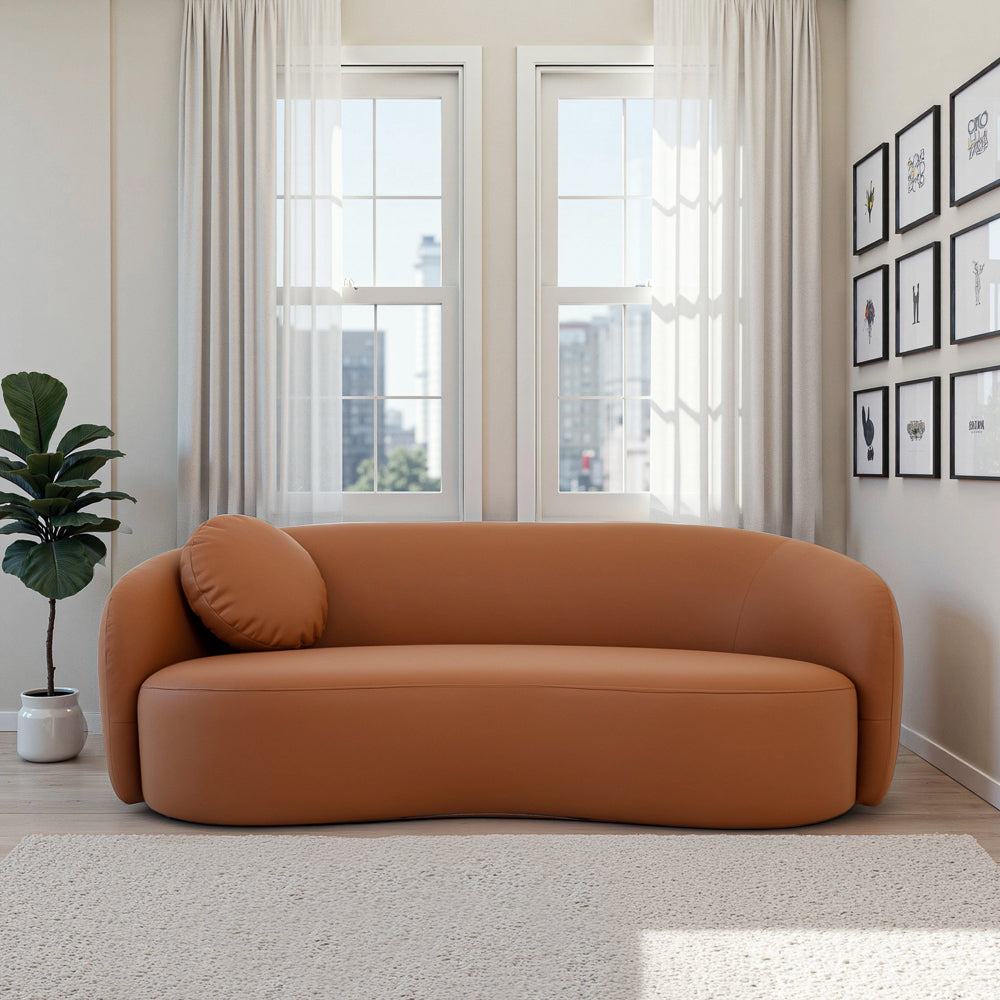
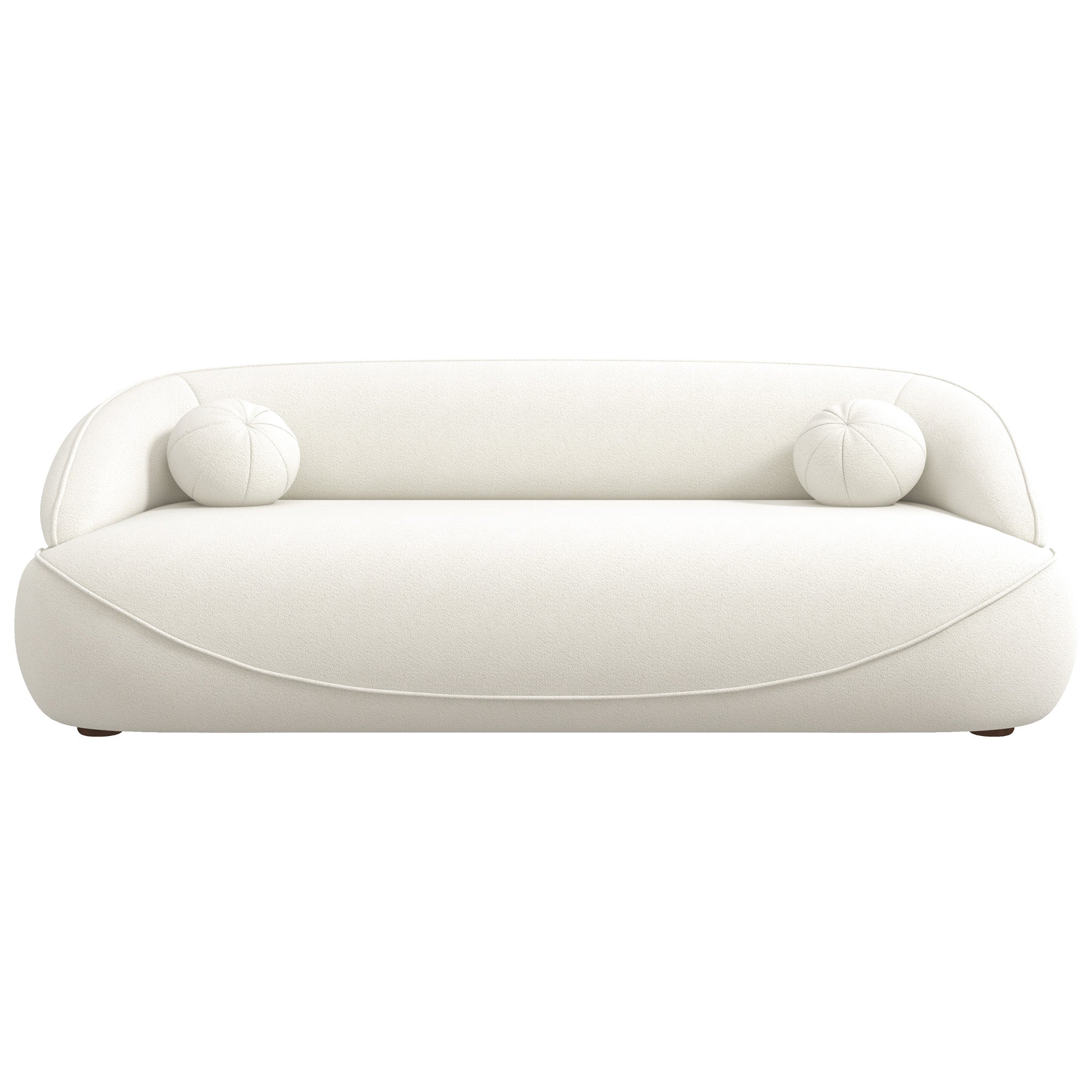
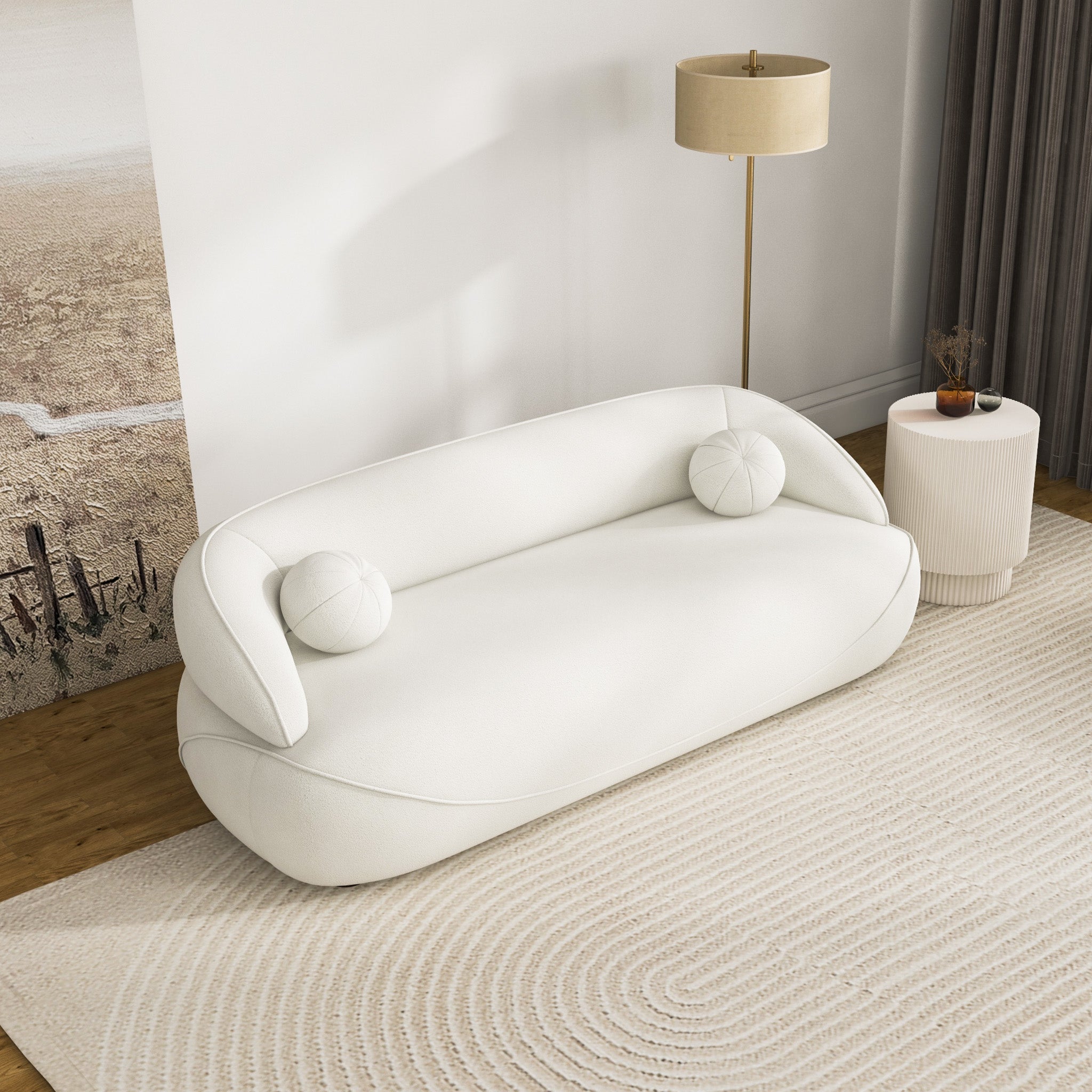
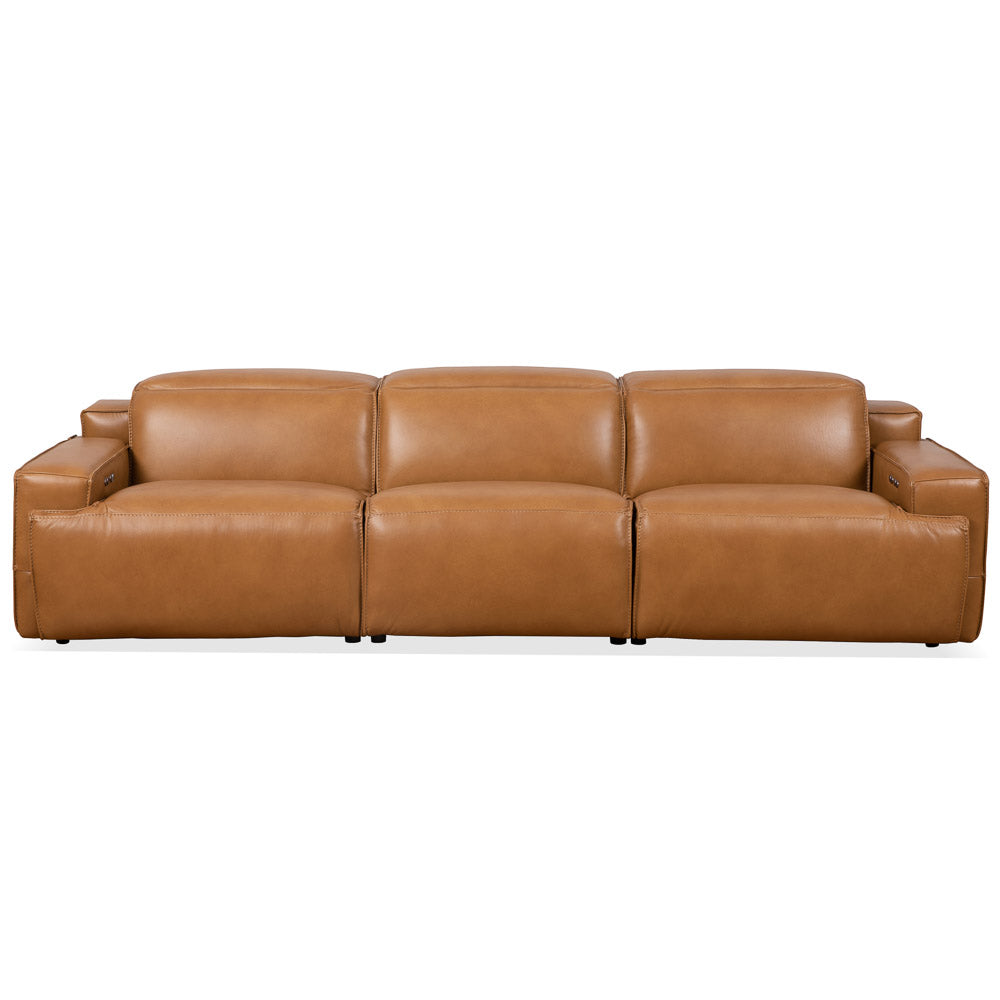

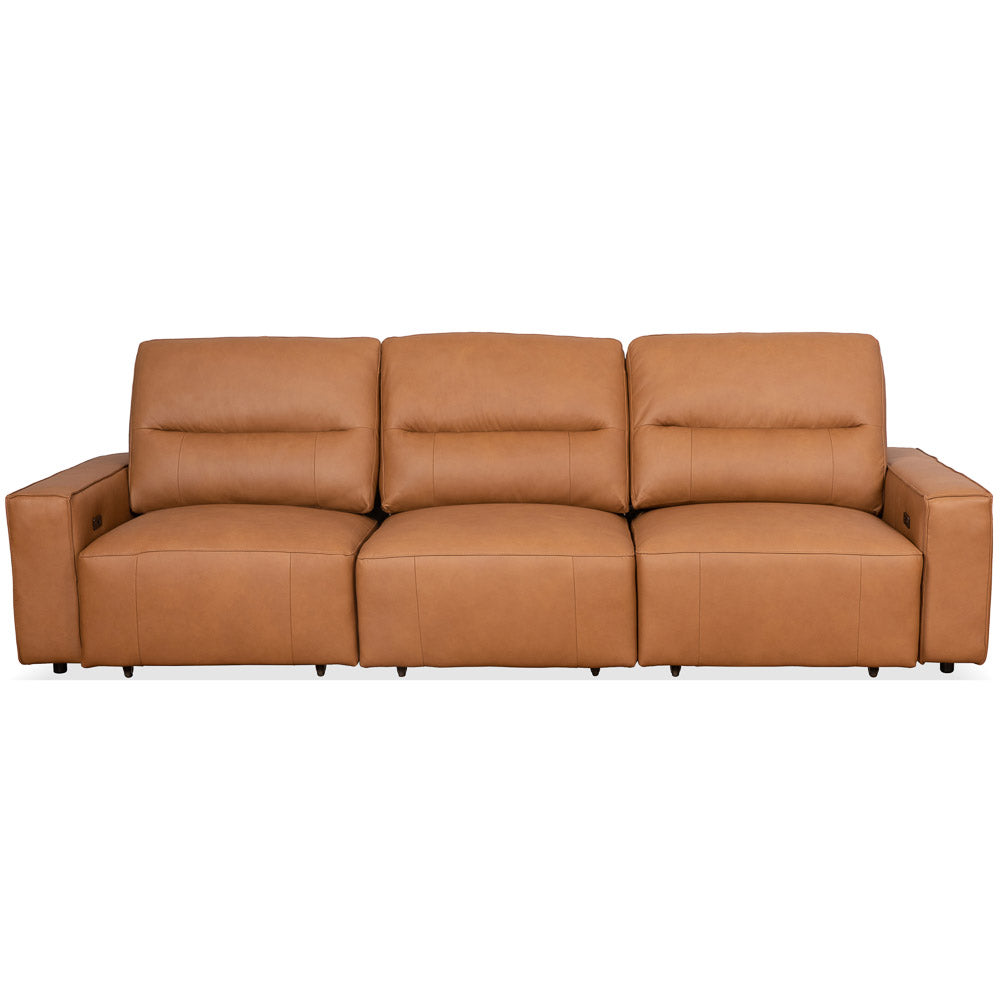
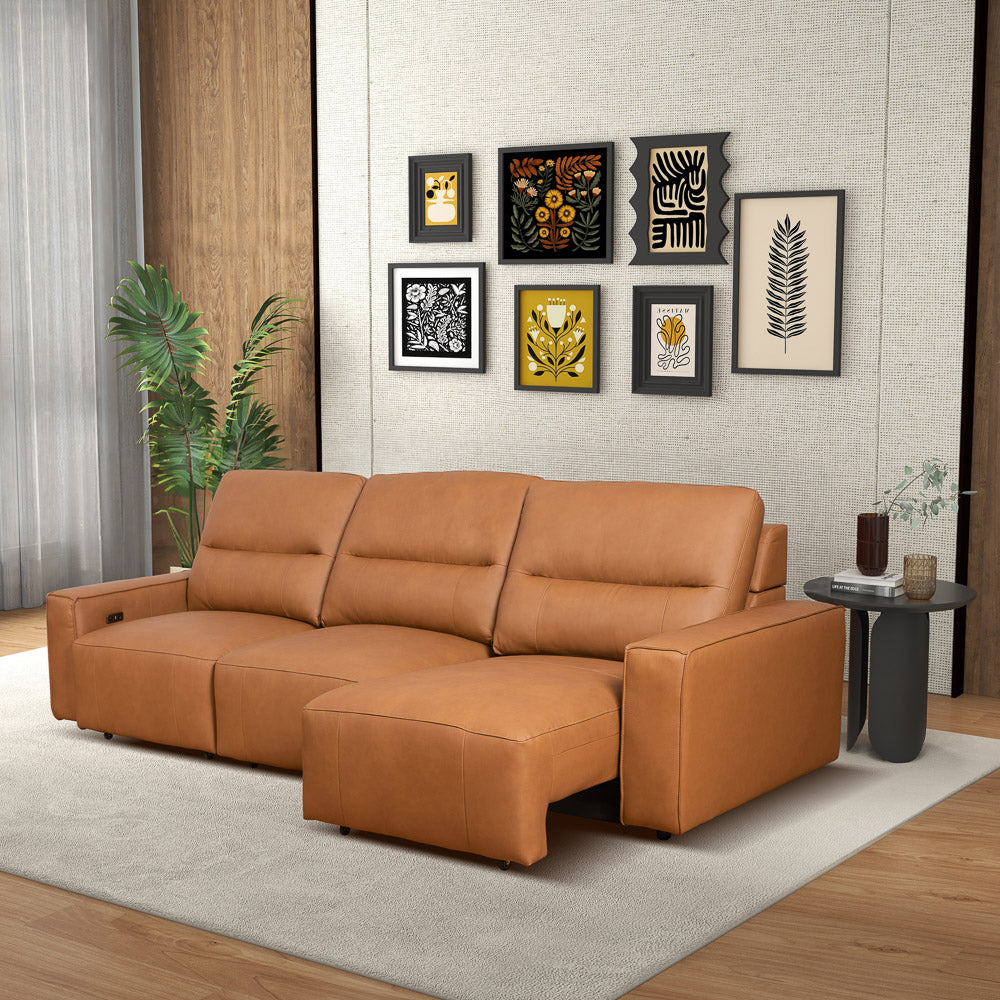
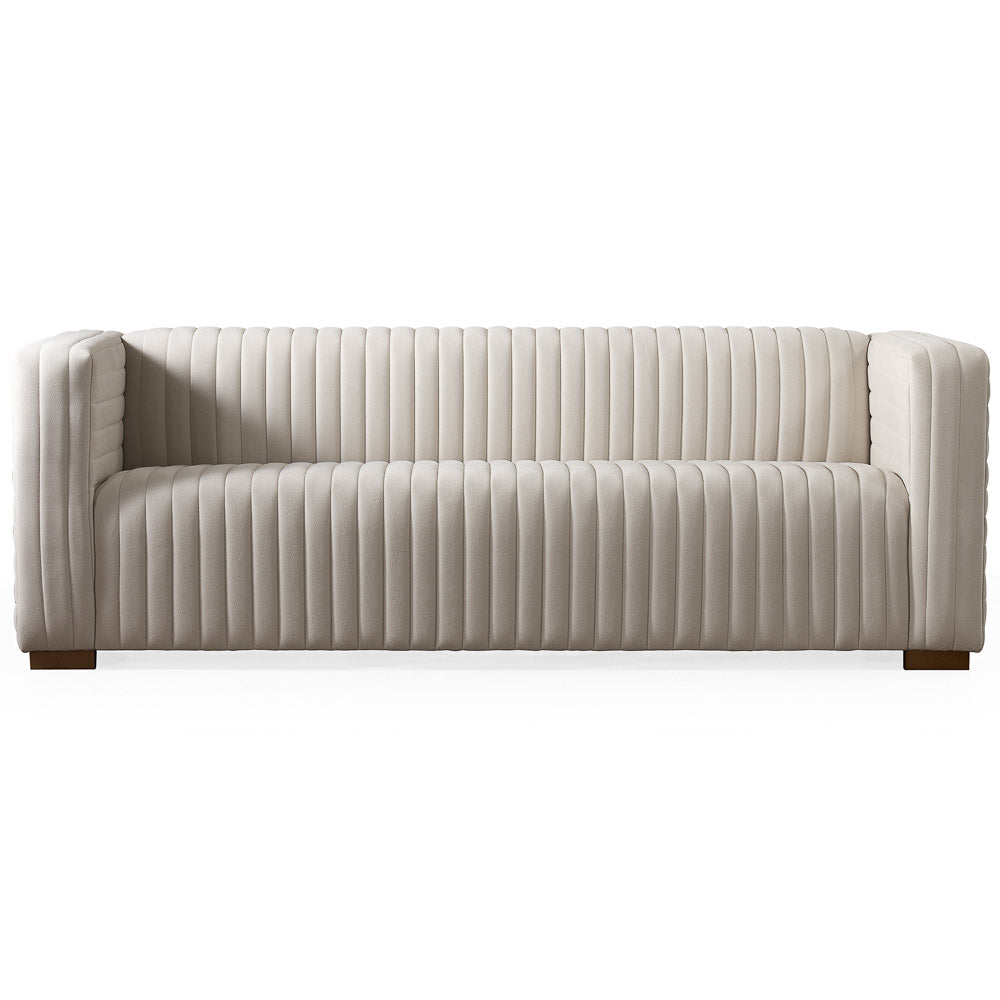
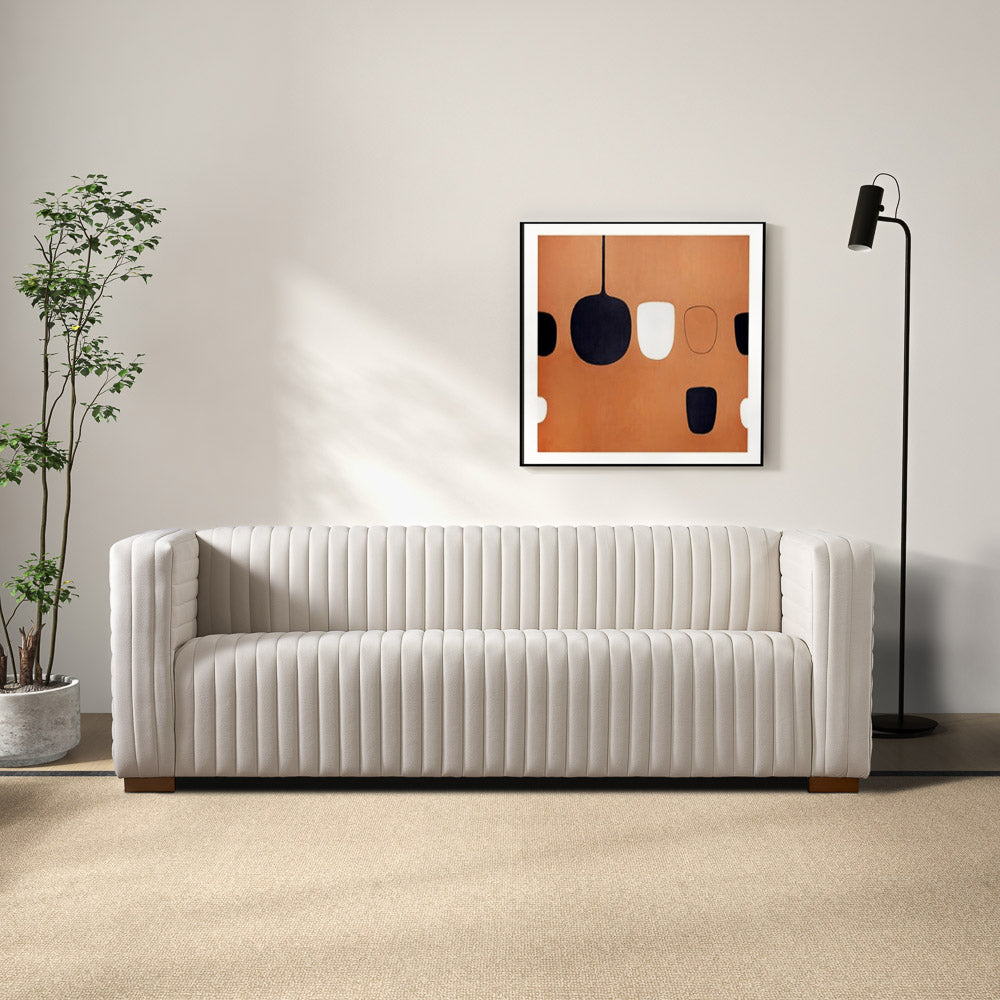
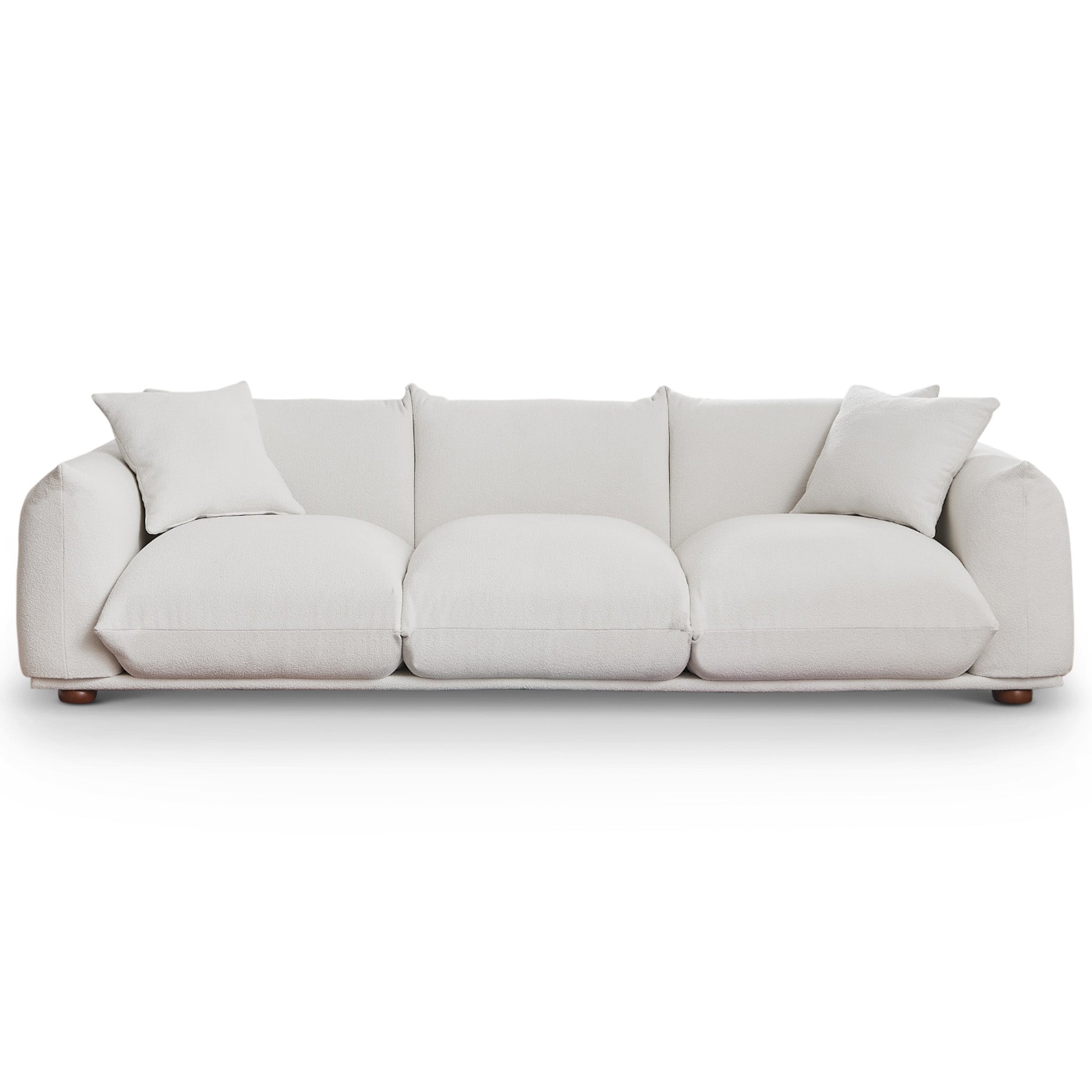

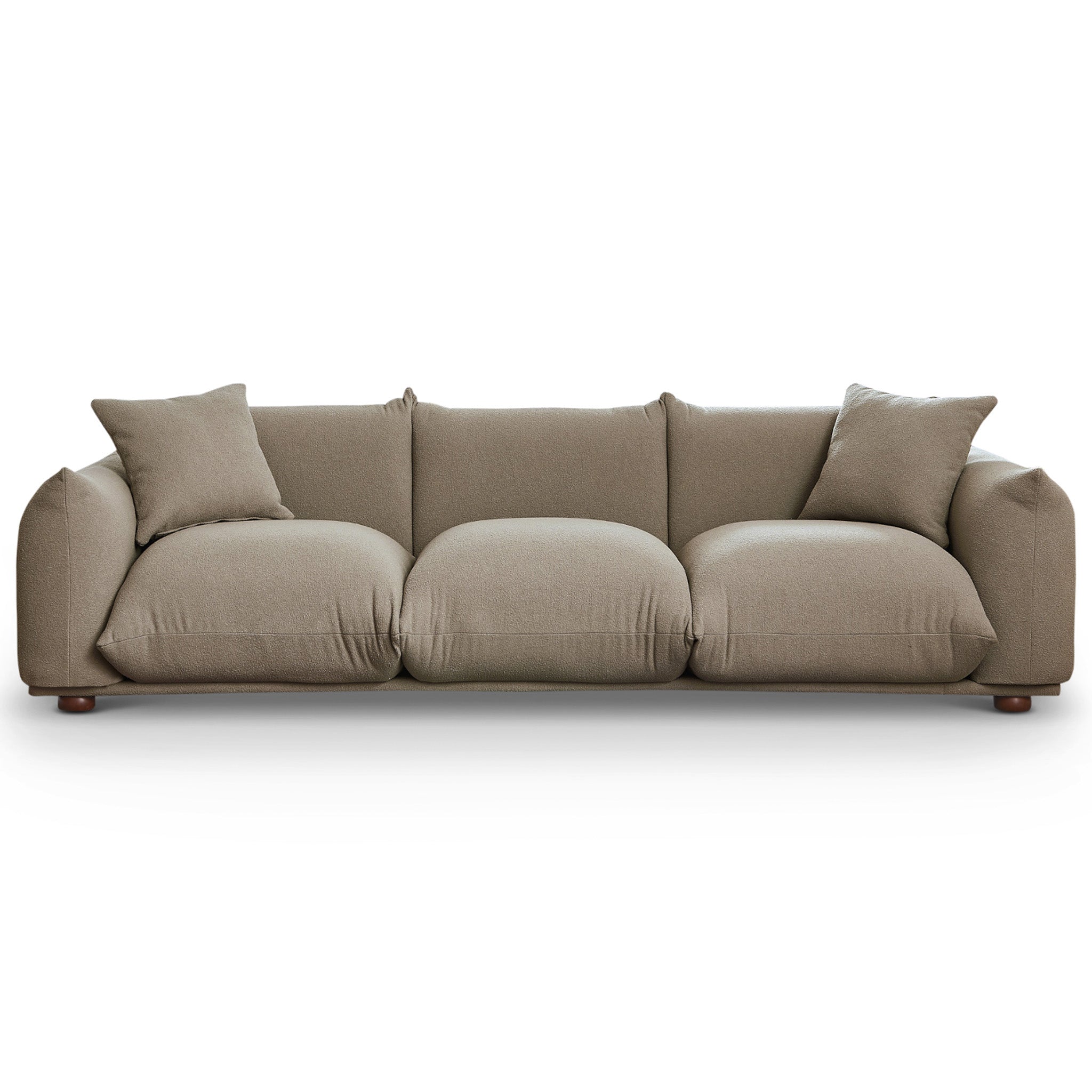

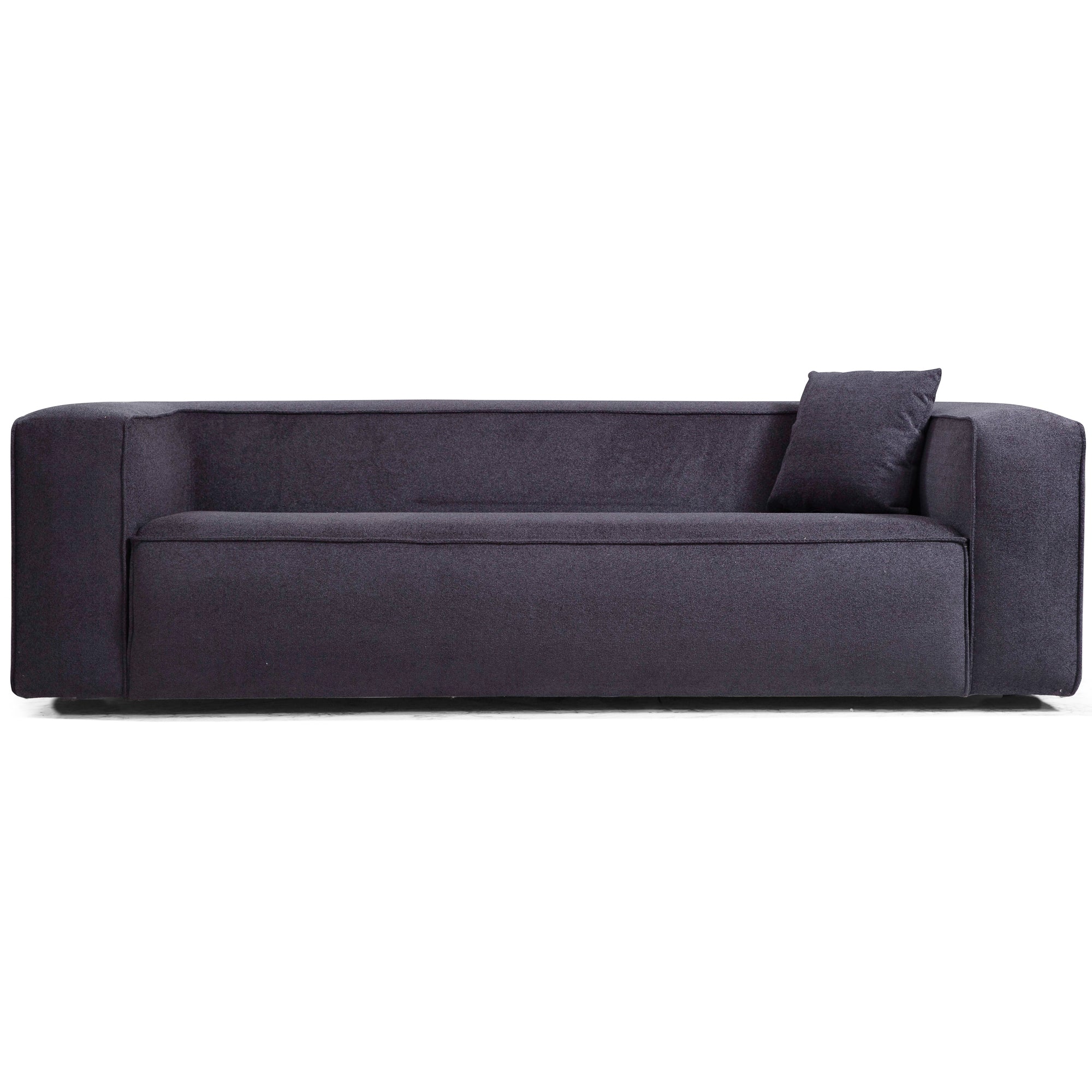

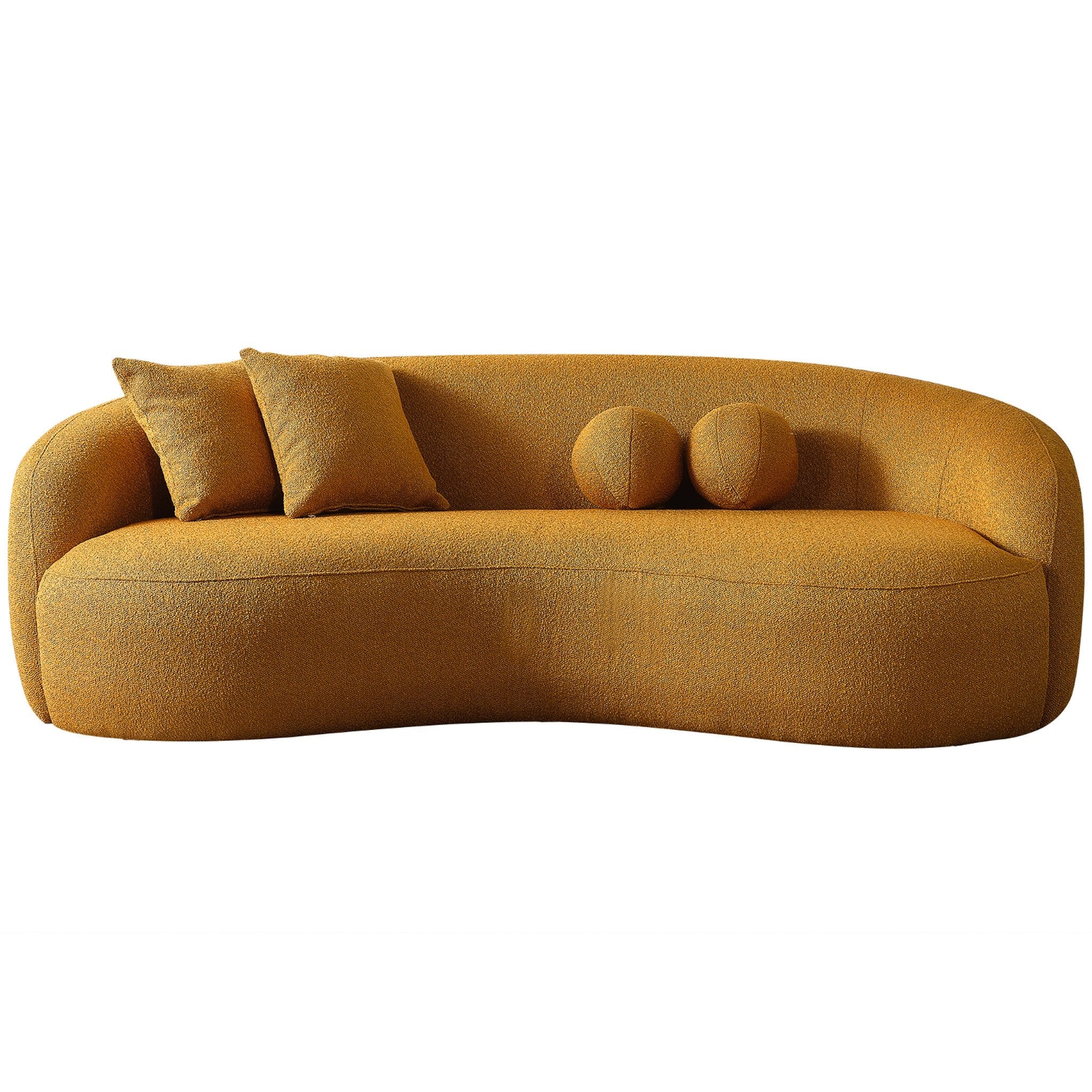

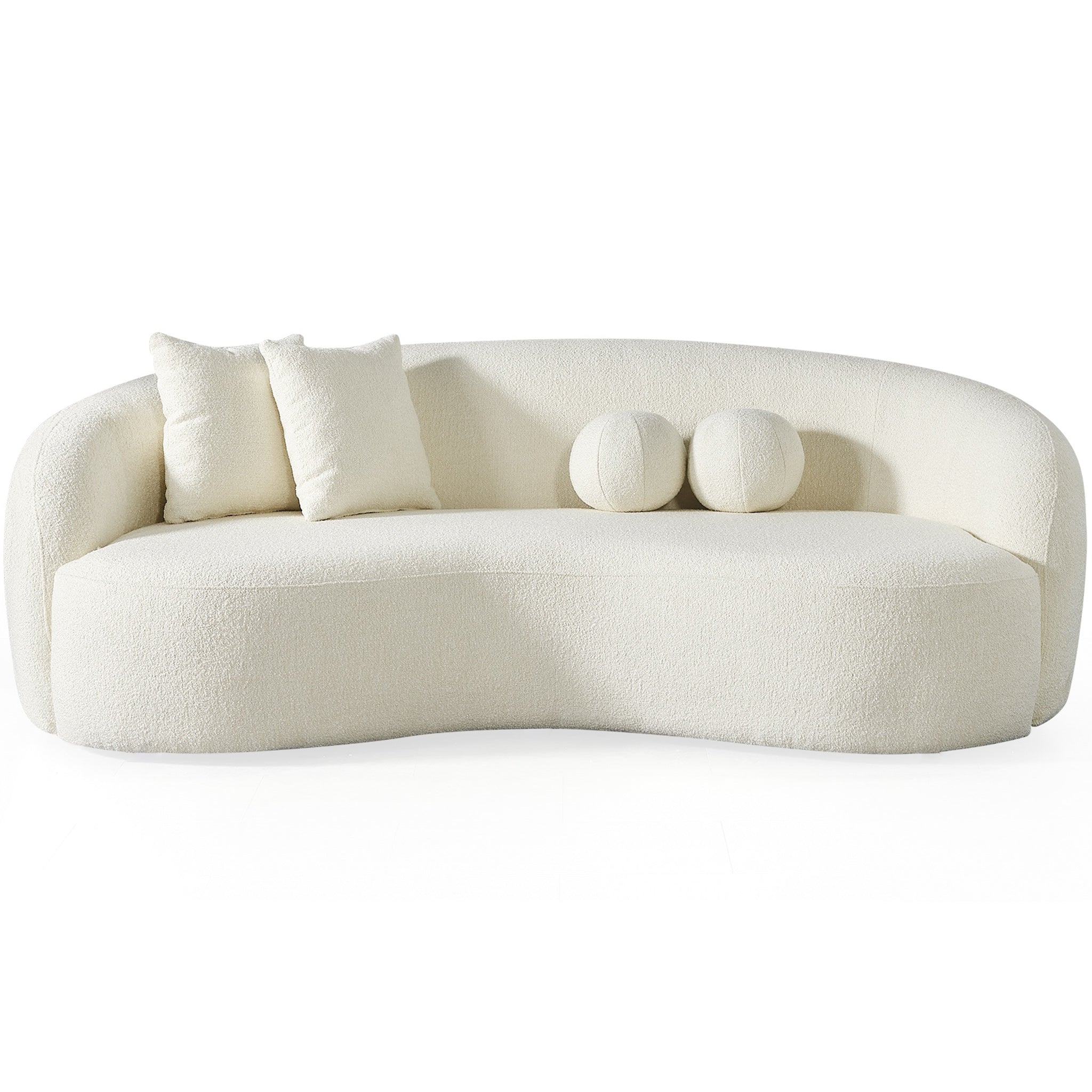

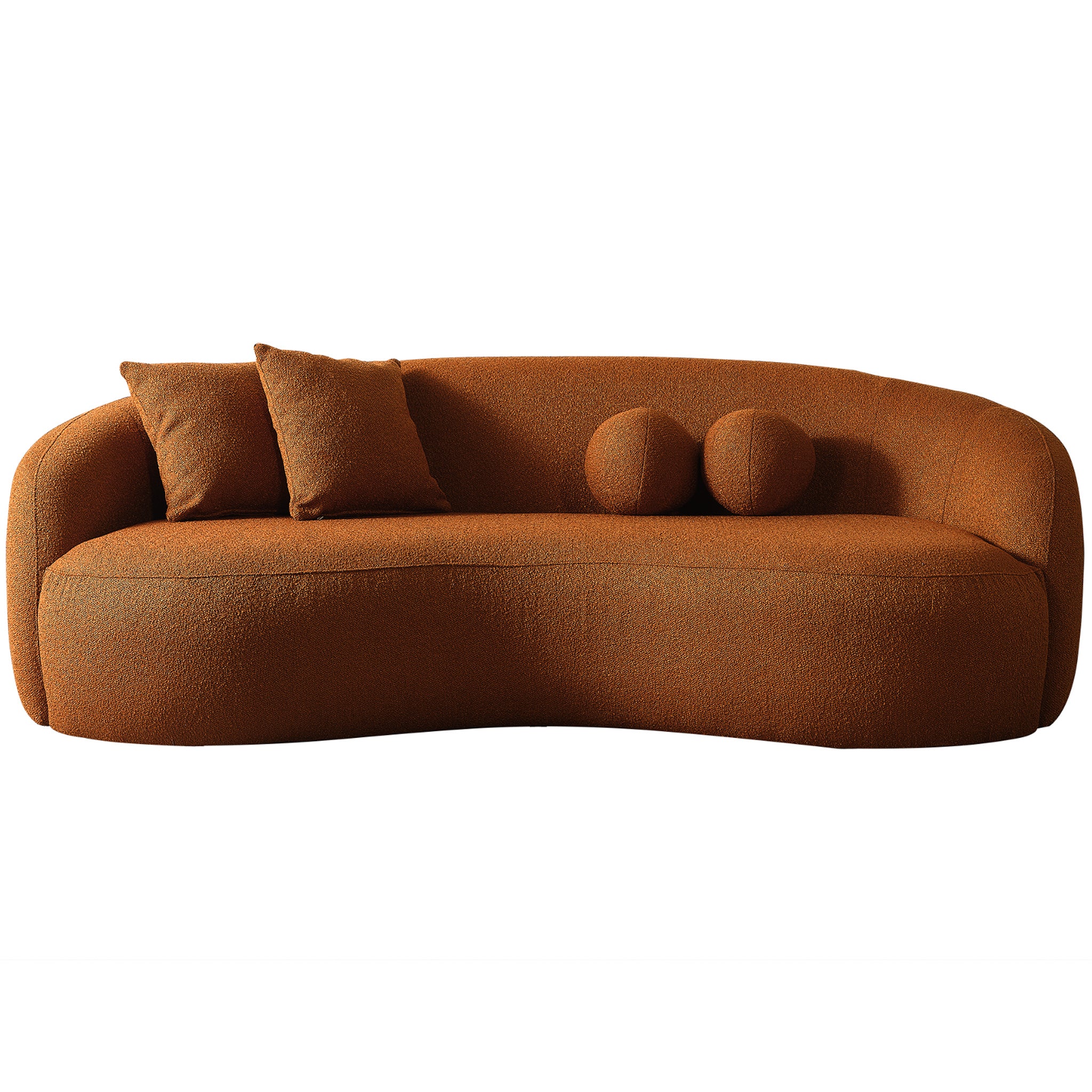

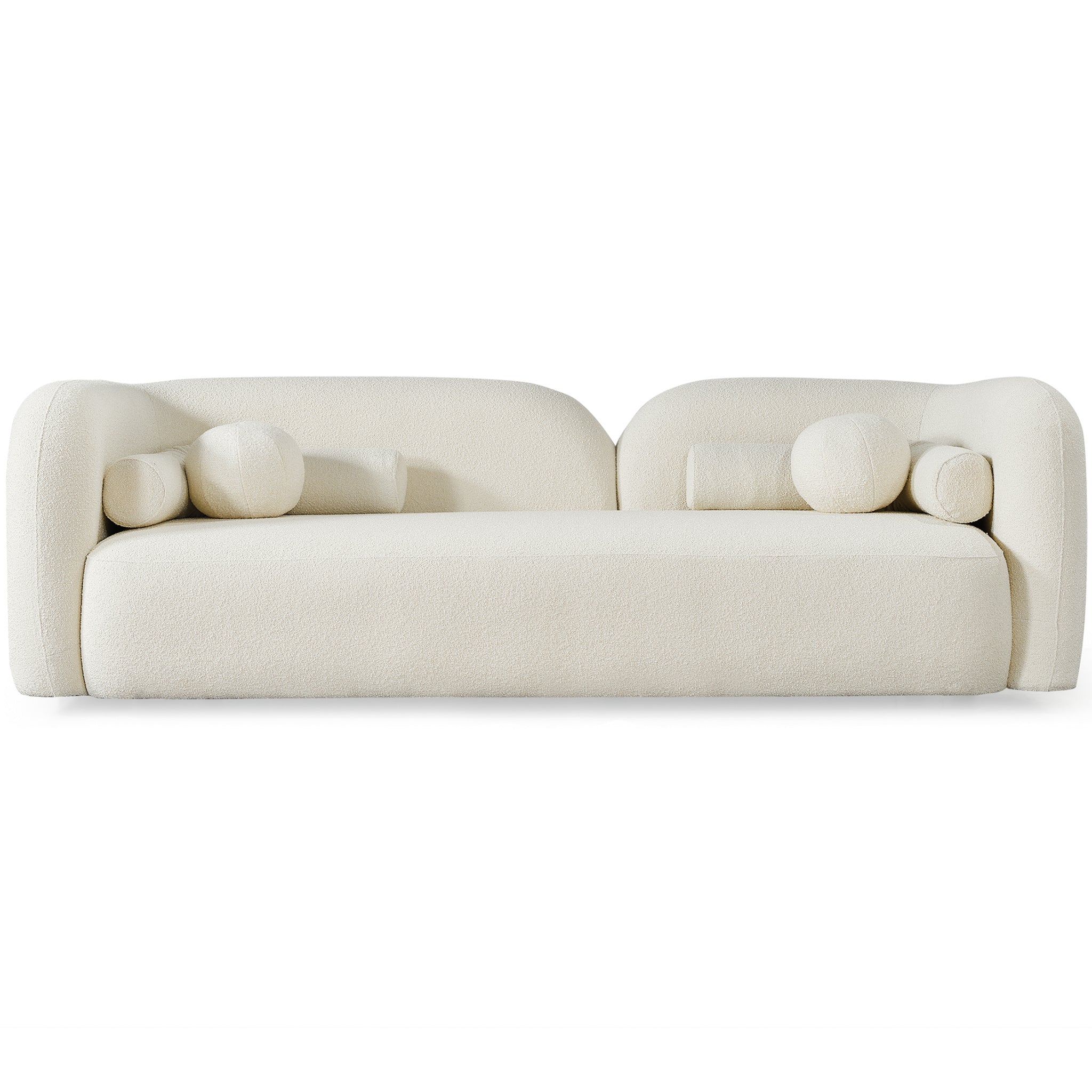

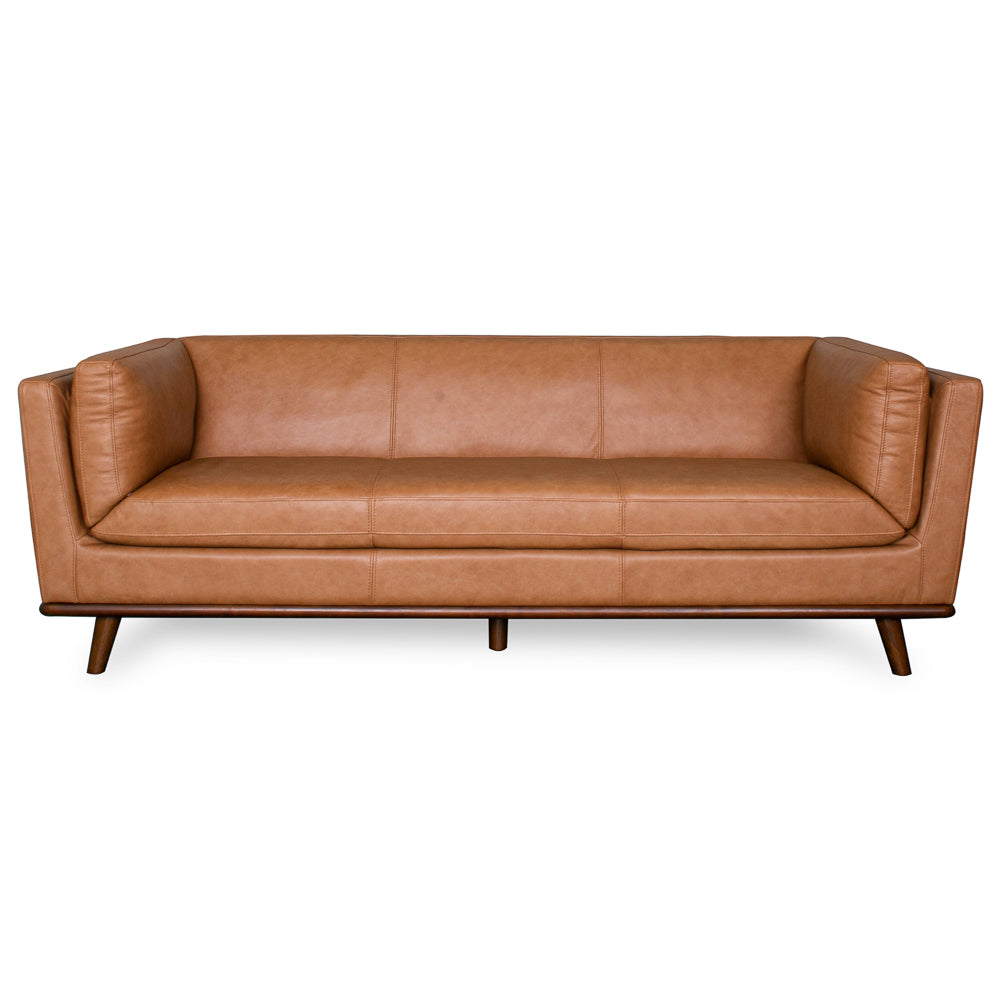

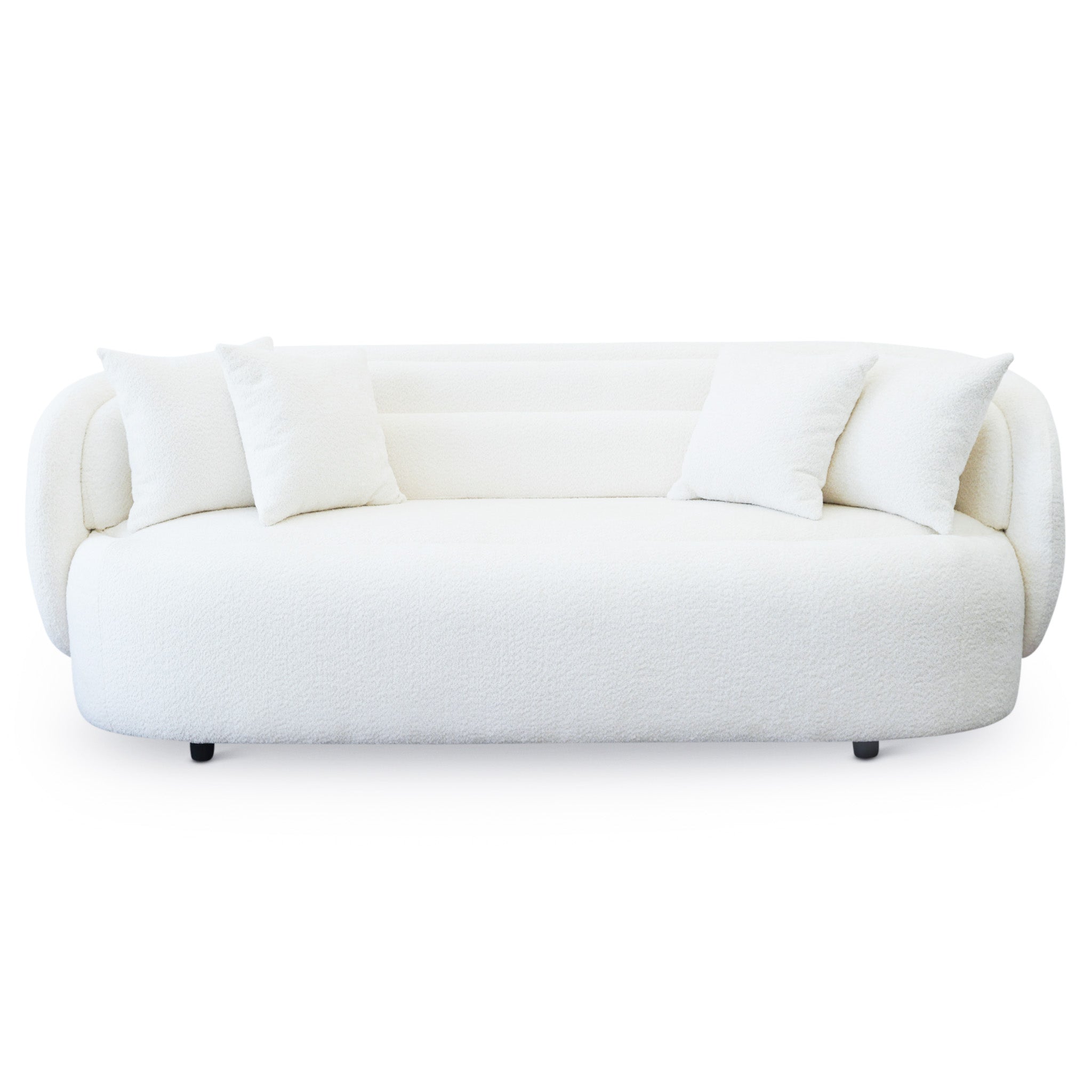

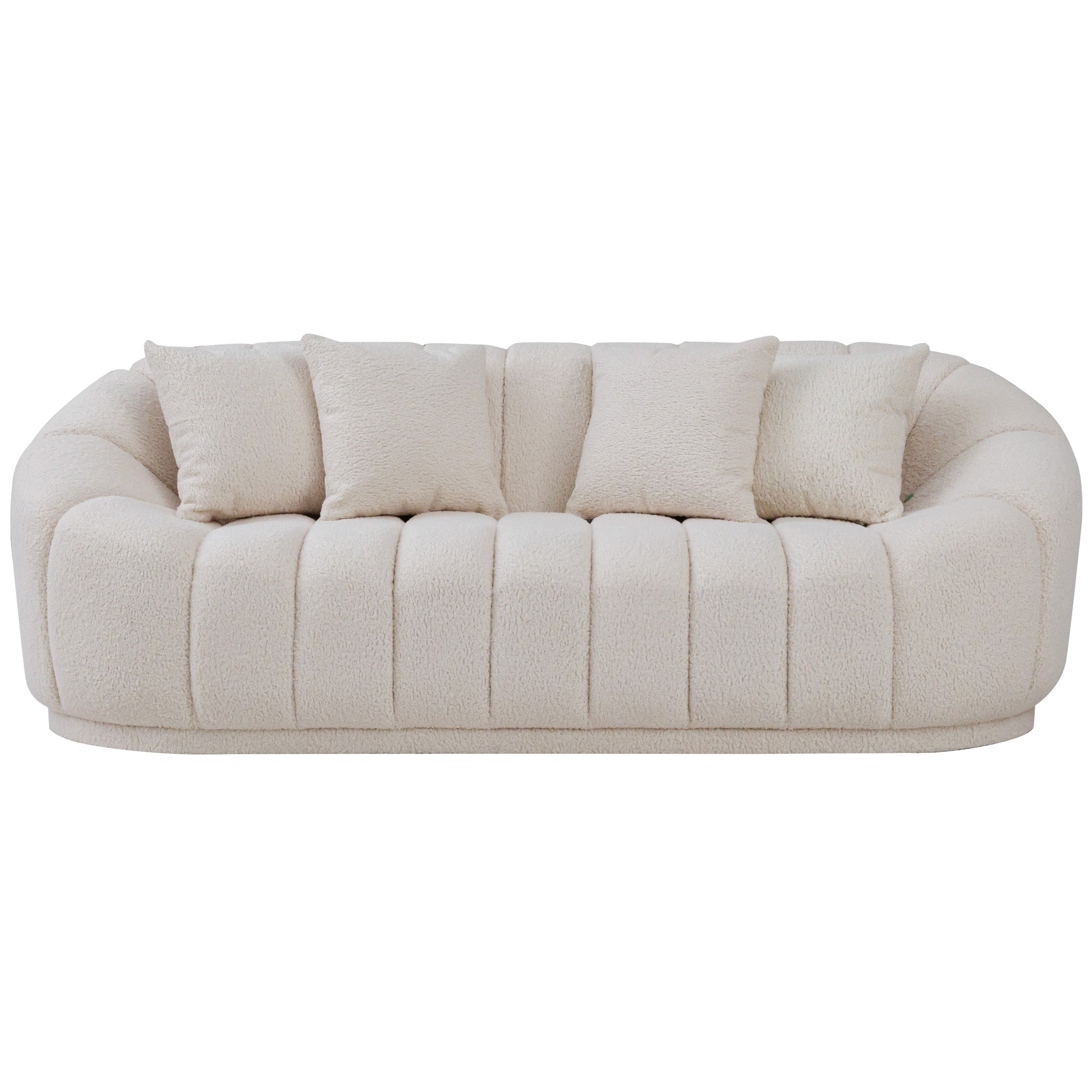
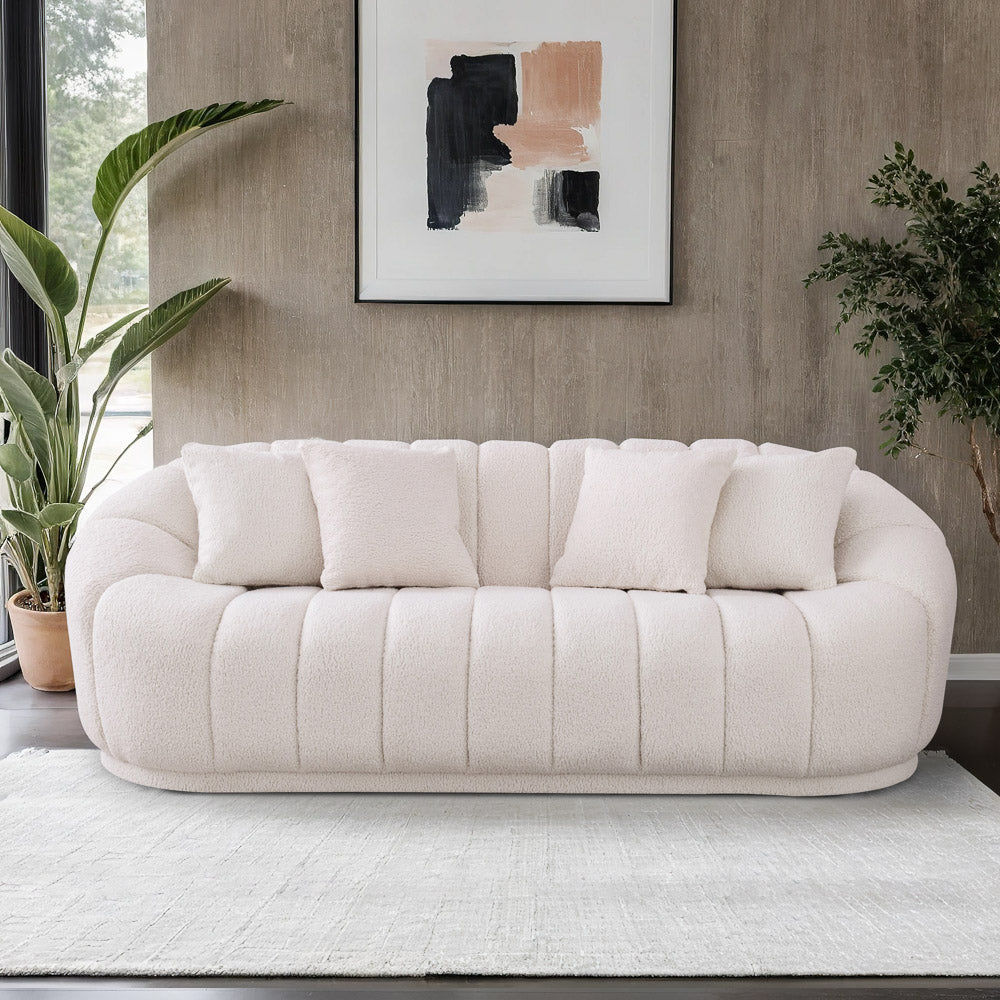
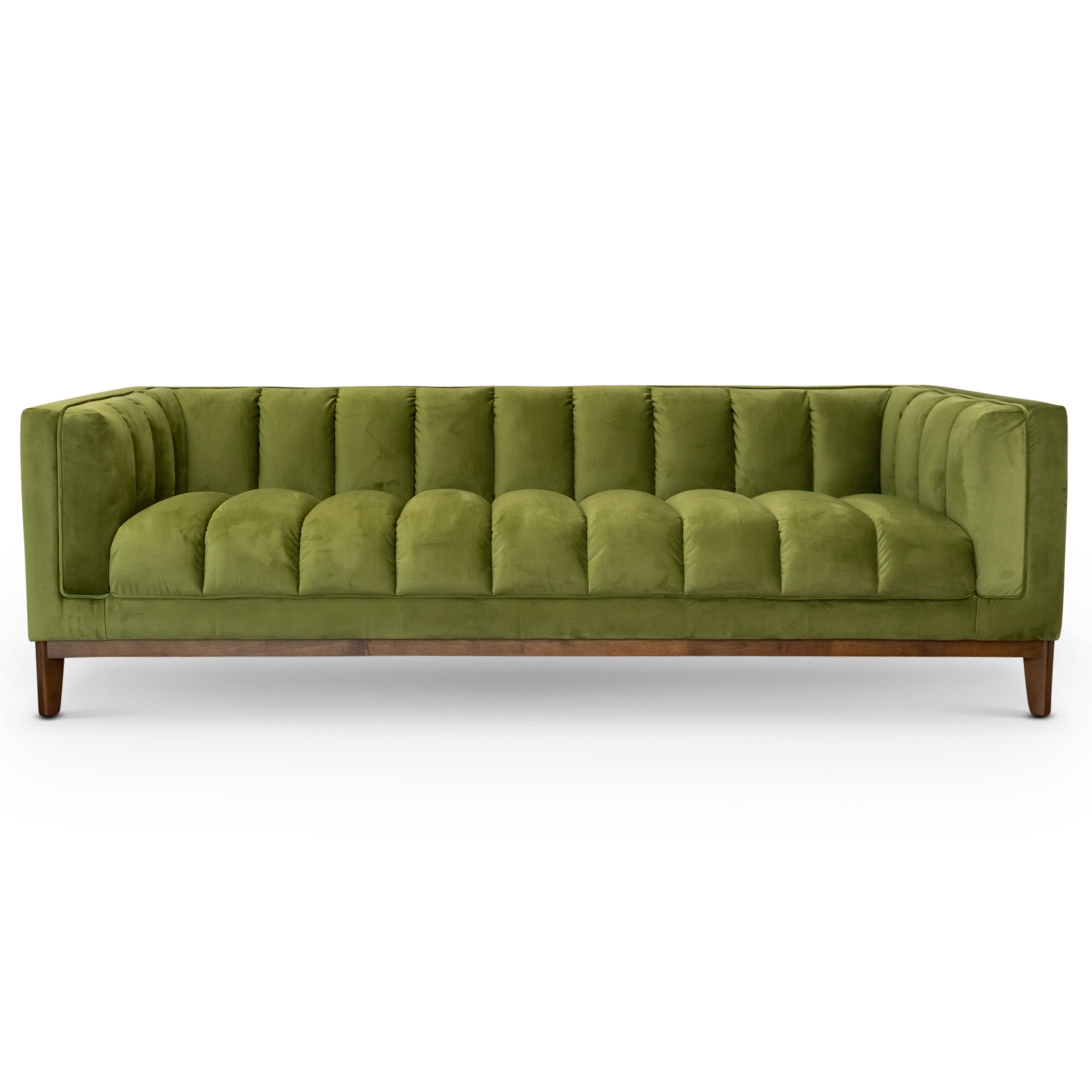
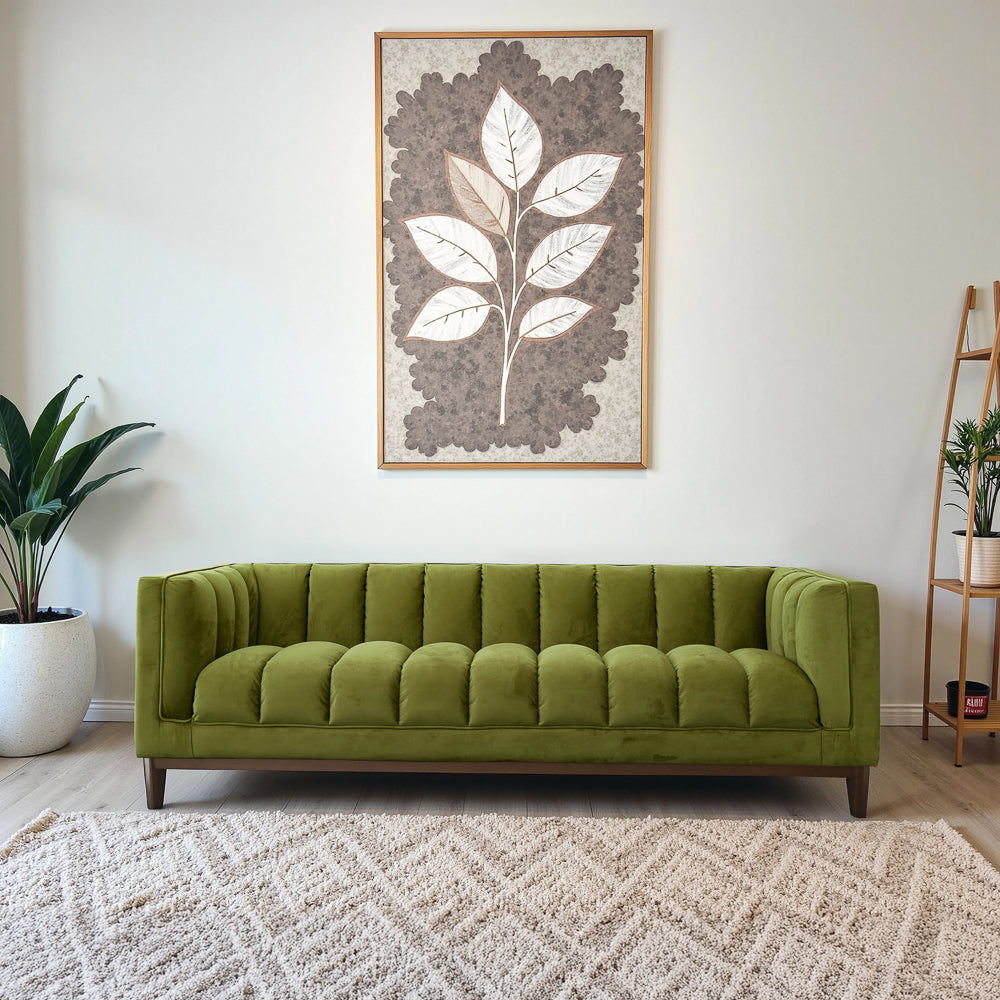
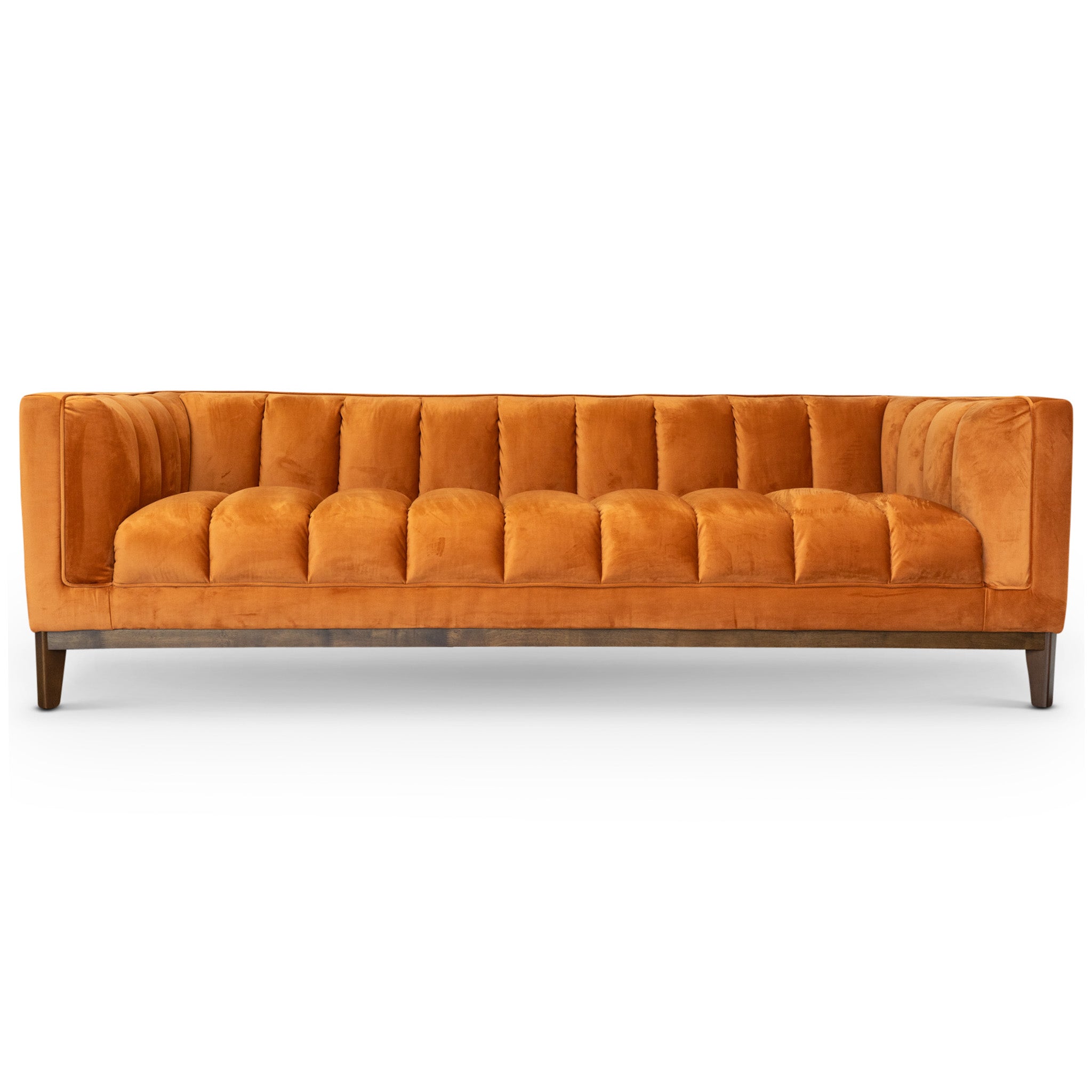
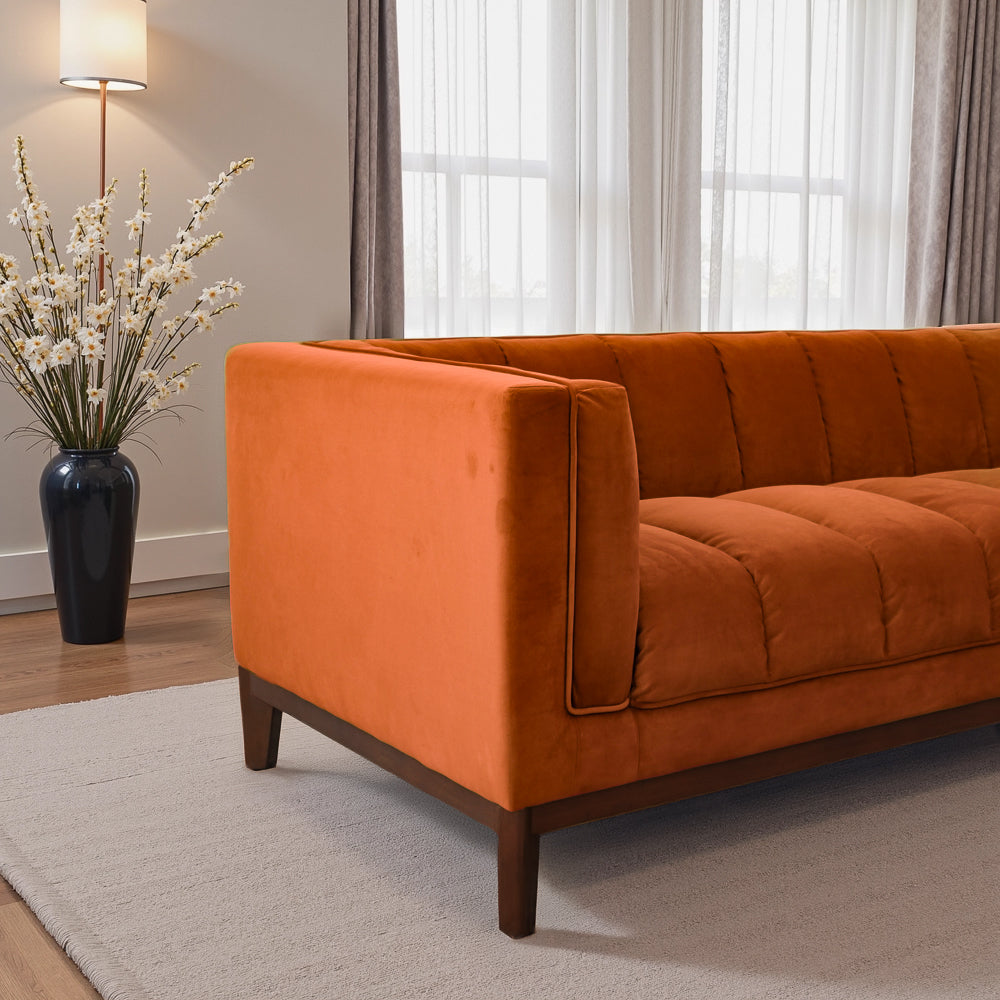


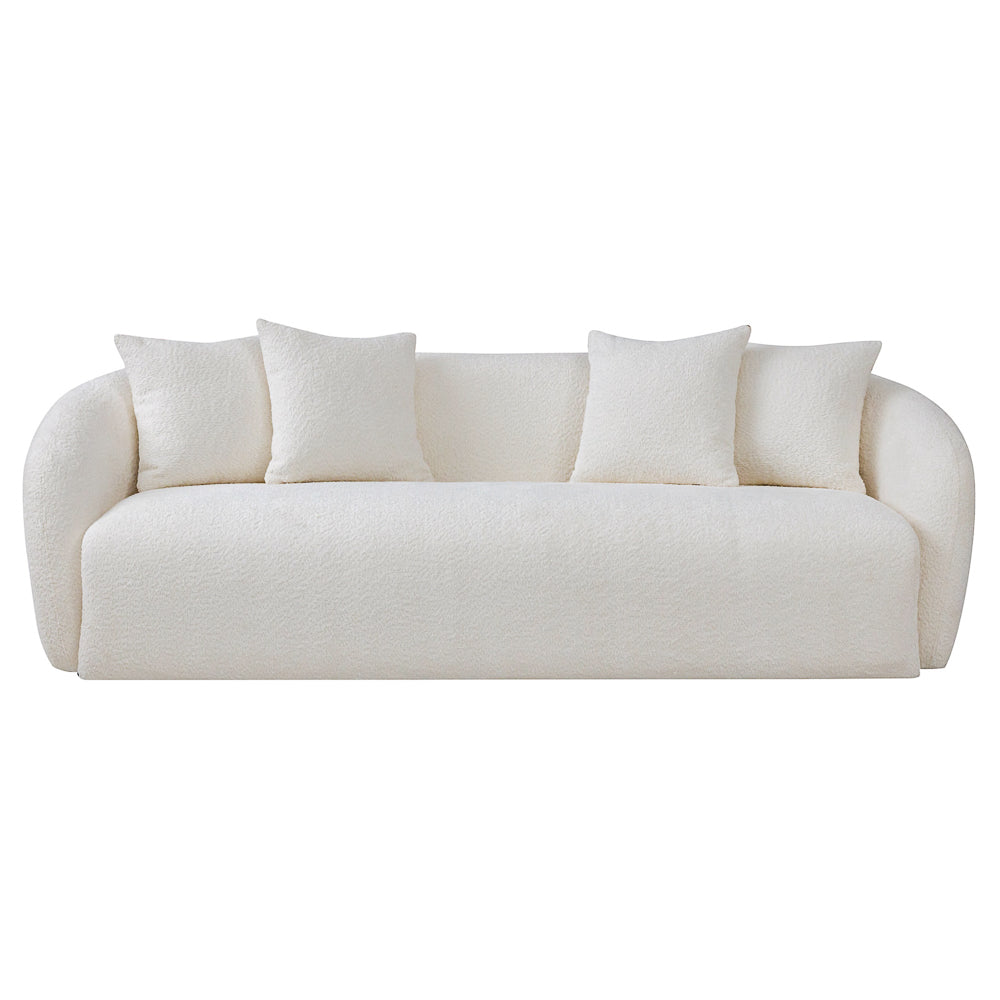

Leave a comment
This site is protected by hCaptcha and the hCaptcha Privacy Policy and Terms of Service apply.